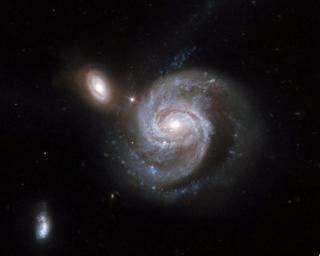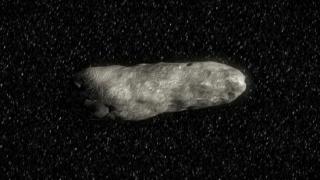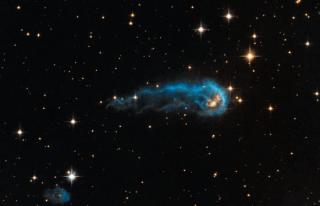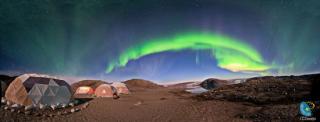
By Natalia Ruiz Zelmanovitch There are many kinds of stars in the Universe that are generally classified according to their brightness and colour. The brighter a star is, the bigger it is, and this property is directly related to the mass and age of the star. The most massive stars rapidly consume all the fuel in their interior, and this means not only that their lives are shorter than those of less massive stars but also that their deaths are spectacular. When they reach their end, they explode as supernovae, providing us, in most cases, with an impressive display in the form of magnificent
Advertised on


